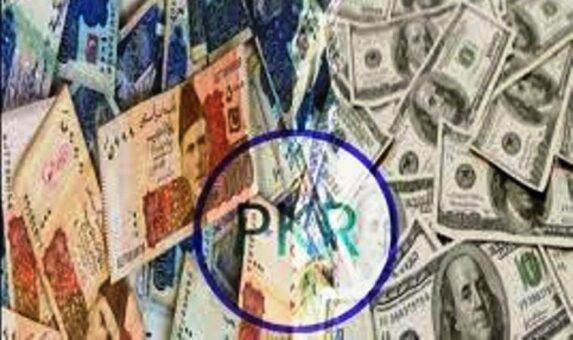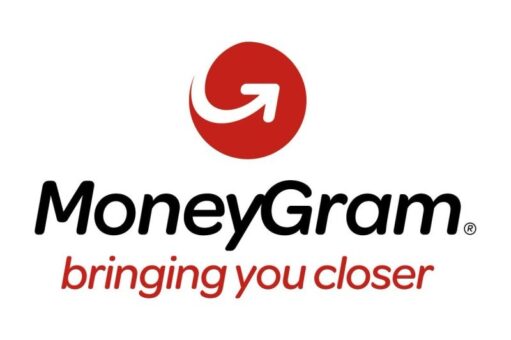KARACHI: State Bank of Pakistan (SBP) has directed banks, exchange companies to verify trade prices before approving import or exports forms.
The central bank issued instructions to the authorized dealers in foreign exchange related to Framework for Managing Risks of Trade Based Money Laundering and Terrorist Financing.
The SBP said that the Authorized Dealers (ADs) shall define clear policies and procedures for price verification, including defining the level of acceptable price variance, escalation procedures and suspicious transaction reporting mechanism when significant differences in prices are identified.
ii. It shall be the exclusive responsibility of an AD to perform due diligence with respect to various risk factors in a trade transaction. In this regard, ADs shall be specifically required to verify the prices of underlying contracts as declared on EIF/MIF, EFE/MFE, Advance Payment Voucher from reliable sources i.e. chambers of commerce, local business circles, daily newspapers, Internet, historic appraisements, Customs valuation rulings, etc. where prices are available and shall satisfy themselves before approving EIF/MIF, EFE/MFE or disbursing the amount to the exporter as the case may be that the prices declared by their client represent the fair market value of goods.
The ADs shall institute a mechanism, supported by technology-based solutions, to carry out assessment of prices of underlying contracts on post transaction basis that is after the approval of EIF/MIF, EFE/MFE or disbursing the amount to the exporter, where price checks are not performed at pre-transaction stage, and shall satisfy themselves that the prices declared by their client represent the fair market value of goods.
This function may be performed by the department other than the front office/centralized trade-processing unit where transaction is taking place. To this end, ADs may assign this function either to their risk management department or compliance department.
The department to which this function is assigned shall be under obligation to conclude the assessment with thirty days of approving EIF/MIF, EFE/MFE or disbursing the amount to the exporter as the case may be.
The financial institutions shall require the exporter to submit a copy of underlying sale contract along with Advance Payment Voucher.
The procedure of price verification/assessment shall be documented by ADs for later review /audit/inspection, the SBP said.
The significant variance between the prices of goods declared on EIF/MIF, EFE/MFE, Advance Payment Voucher and their fair market value shall serve as one of the prime red flag indicators and all such transactions shall be escalated to the higher management, which shall review the same and consider the option of filing STR with FMU etc. This procedure shall be documented by ADs for later review /audit/inspection.
The SBP further instructed that Authorized Dealers (ADs) shall ensure compliance of the following instructions while approving EIF/MIF, EFE/MFE:
a) Full details/exact specification, quality/varieties/sub categories of goods being imported/exported are declared on EIF/MIF, EFE/MFE and declaring the description of goods that is general in nature or represents the generic name of goods should be avoided.
b) Declaration of unit of measurement such as boxes, cases etc. on EIF/MIF, EFE/MFE, which obscures the actual quantity of goods being imported/exported, shall be avoided. In this respect, unit of measurement, if not required to be declared otherwise, shall be declared in line with relevant Custom Valuation Rulings (if available).
c) In case, the brand/trade name/trademark of a product is to be declared on EIF/MIF, EFE/MFE, it shall be accompanied by the generic name of such product.
d) H.S. Code of each product which forms the part of the underlying contract is declared on EIF/MIF, EFE/MFE. Where an H.S. Code includes multiple goods/products, ADs shall ensure that the particulars of each product are written against that H.S. Code.
e) Guideline at (a)(c) & (d) above shall be followed while making declaration on Advance Payment Voucher. Moreover, it shall be ensured by ADs that in case of advance payment export, declaration made on EFE/MFE is strictly in accordance with the particulars declared on Advance Payment Voucher and name of consignee declared on EFE/MFE is of the same entity from which the advance payment is received.
ii. The particulars of EIF/MIF, EFE/MFE shall be corroborated with that of Goods Declaration Form, where transaction does not involve a letter of credit, to check the cohesion and in case of significant variation(s), the matter shall be escalated to the higher management, which shall review the same and consider the option of filing STR with FMU etc.



